Lauren Aalami
Dynamic Fog Computing for Enhanced LLM Execution in Medical Applications
Aug 08, 2024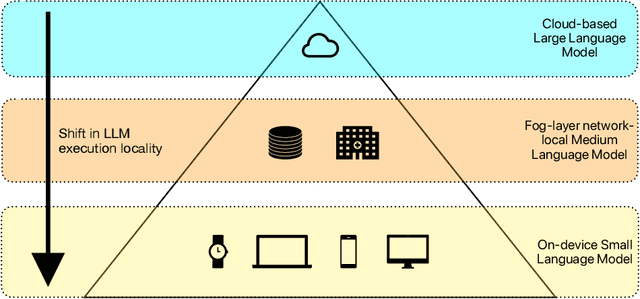

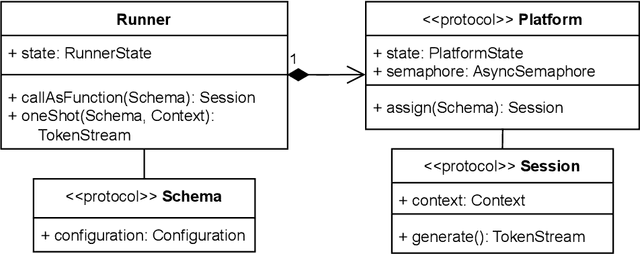
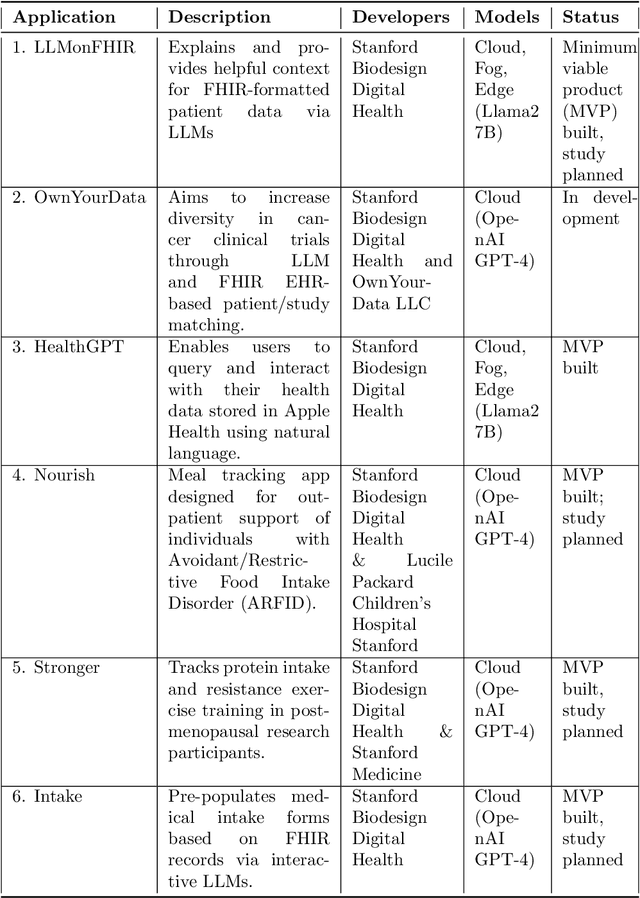
Abstract:The ability of large language models (LLMs) to transform, interpret, and comprehend vast quantities of heterogeneous data presents a significant opportunity to enhance data-driven care delivery. However, the sensitive nature of protected health information (PHI) raises valid concerns about data privacy and trust in remote LLM platforms. In addition, the cost associated with cloud-based artificial intelligence (AI) services continues to impede widespread adoption. To address these challenges, we propose a shift in the LLM execution environment from opaque, centralized cloud providers to a decentralized and dynamic fog computing architecture. By executing open-weight LLMs in more trusted environments, such as the user's edge device or a fog layer within a local network, we aim to mitigate the privacy, trust, and financial challenges associated with cloud-based LLMs. We further present SpeziLLM, an open-source framework designed to facilitate rapid and seamless leveraging of different LLM execution layers and lowering barriers to LLM integration in digital health applications. We demonstrate SpeziLLM's broad applicability across six digital health applications, showcasing its versatility in various healthcare settings.
Deepwound: Automated Postoperative Wound Assessment and Surgical Site Surveillance through Convolutional Neural Networks
Jul 11, 2018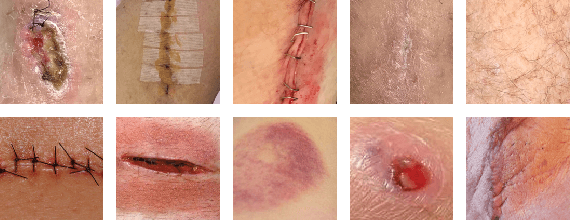
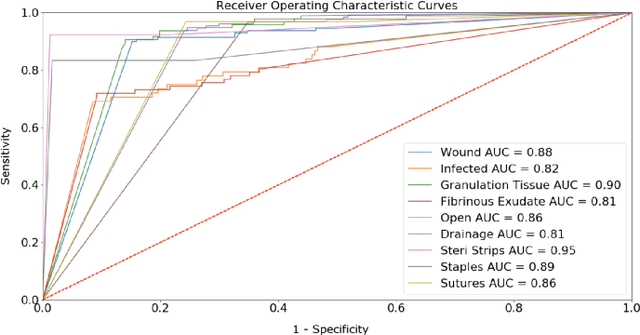


Abstract:Postoperative wound complications are a significant cause of expense for hospitals, doctors, and patients. Hence, an effective method to diagnose the onset of wound complications is strongly desired. Algorithmically classifying wound images is a difficult task due to the variability in the appearance of wound sites. Convolutional neural networks (CNNs), a subgroup of artificial neural networks that have shown great promise in analyzing visual imagery, can be leveraged to categorize surgical wounds. We present a multi-label CNN ensemble, Deepwound, trained to classify wound images using only image pixels and corresponding labels as inputs. Our final computational model can accurately identify the presence of nine labels: drainage, fibrinous exudate, granulation tissue, surgical site infection, open wound, staples, steri strips, and sutures. Our model achieves receiver operating curve (ROC) area under curve (AUC) scores, sensitivity, specificity, and F1 scores superior to prior work in this area. Smartphones provide a means to deliver accessible wound care due to their increasing ubiquity. Paired with deep neural networks, they offer the capability to provide clinical insight to assist surgeons during postoperative care. We also present a mobile application frontend to Deepwound that assists patients in tracking their wound and surgical recovery from the comfort of their home.
 Add to Chrome
Add to Chrome Add to Firefox
Add to Firefox Add to Edge
Add to Edge